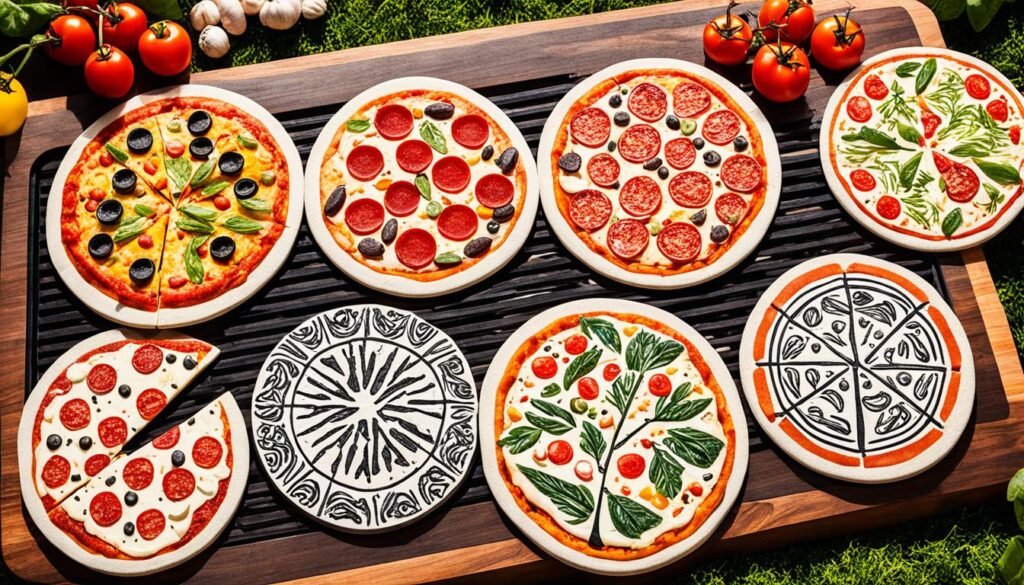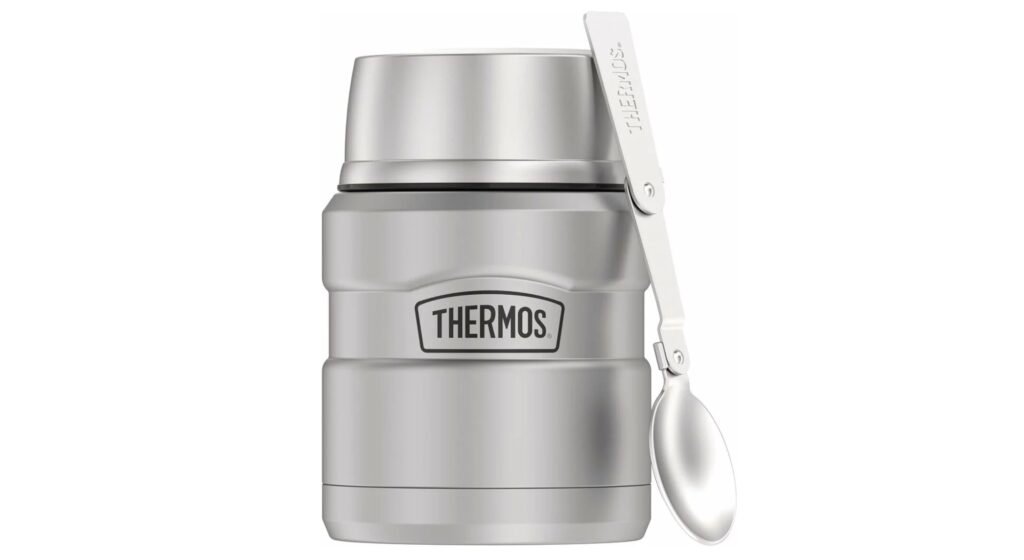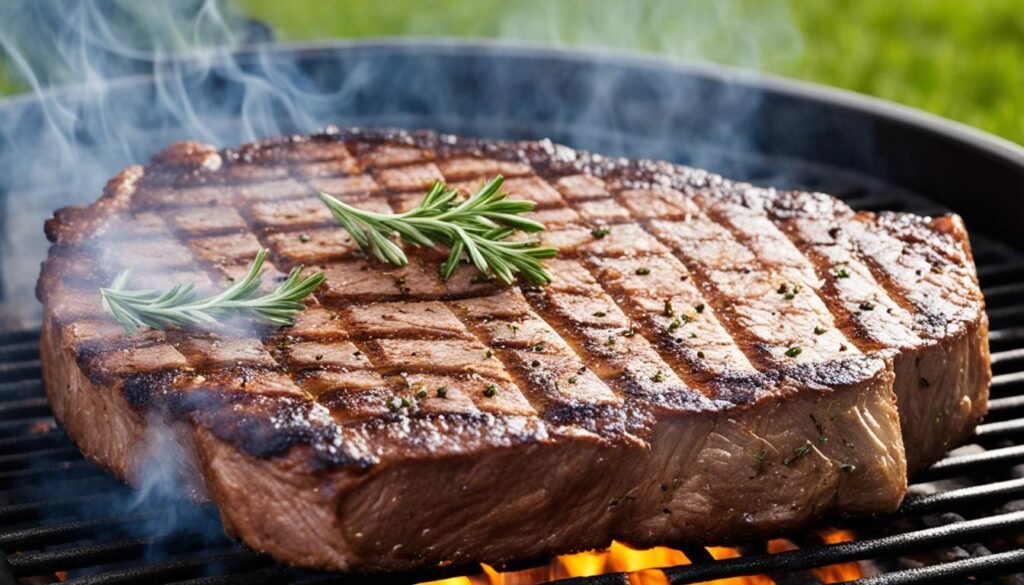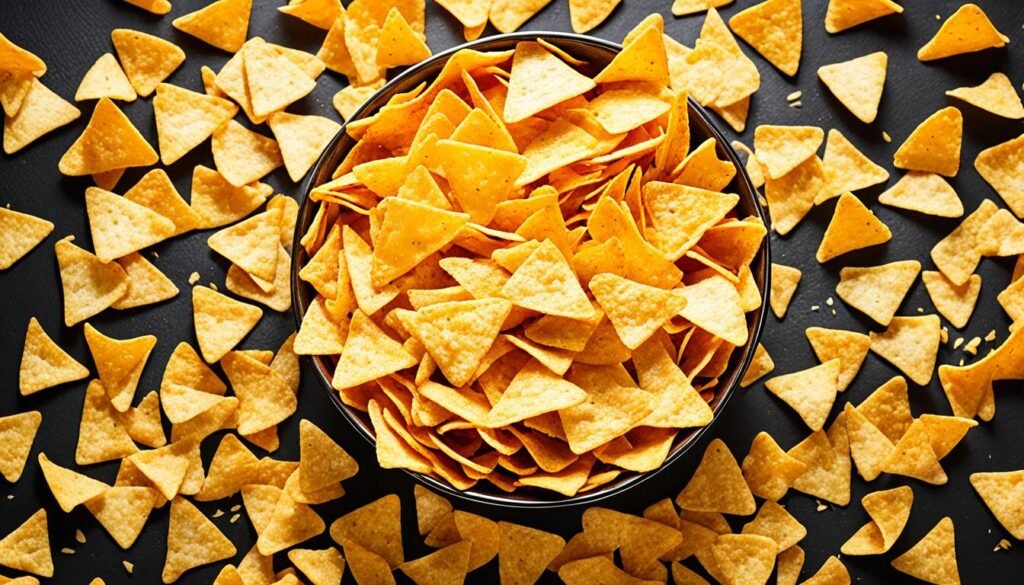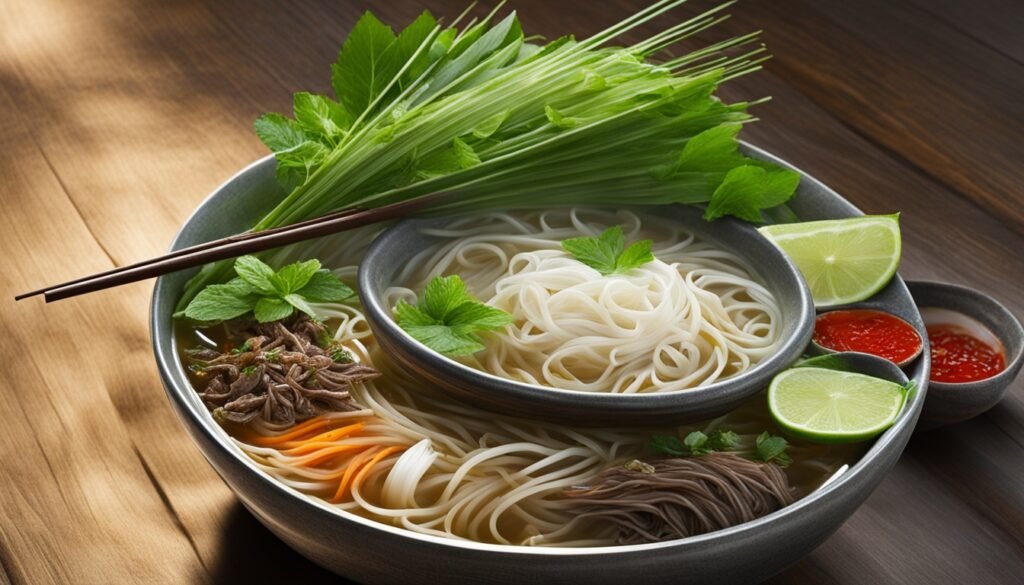Are you ready to take your homemade pasta to the next level? The secret to the perfect pasta lies in the flour you choose. But with so many options available, how do you know which one is the best for your pasta-making adventures? Whether you’re a seasoned pasta enthusiast or just starting out, this comprehensive guide will help you navigate the world of pasta flour and discover the top brands that guarantee exceptional results.
This article will explore the qualities of different pasta flours, including versatile all-purpose flour, authentic Italian “00” flour, and robust semolina flour. We will delve into each type’s characteristics, uses, and availability, empowering you to make an informed choice for your pasta creations.
So, if you’ve ever wondered which flour is the best for pasta or if you’re ready to elevate your pasta-making skills, keep reading to uncover the secrets of perfect pasta flour!
Understanding “00” Flour for Pasta
“00” flour is a finely ground soft wheat flour commonly used in Italian kitchens for making pasta. It is the preferred choice for achieving a smooth texture in pasta dough. This flour is ideal for softer pasta shapes like tagliatelle and ravioli, as it provides a subtle flavor that complements the fillings. Although not as widely available as other flours, “00” flour can be found in specialty grocery stores or purchased online. Using “00” flour is a way to ensure the authenticity of homemade pasta.
The Role of Semola Flour in Pasta-Making
When it comes to homemade pasta, choosing the right flour is essential to achieving the perfect texture and flavor. One excellent option is semolina flour, also known as pasta wheat or macaroni wheat.
This coarse-textured flour is made from hard durum wheat, which is commonly grown in Northern Italy. Its distinct yellow color is what gives pasta its iconic hue. Semola flour is particularly well-suited for thick and rugged pasta shapes like penne or macaroni because it retains its shape and texture when cooked.
Not only does semolina flour provide a sturdy base for sauces to cling to, but it also enhances the overall dining experience. By using semolina flour for your pasta-making endeavors, you can ensure a more authentic taste and texture that will impress your family and friends.
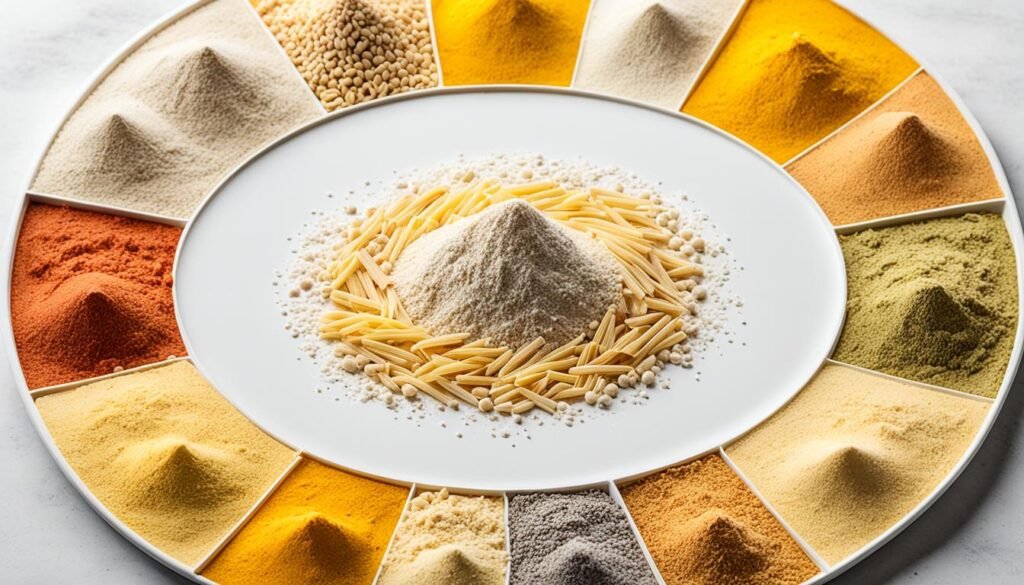
With semolina flour, your homemade pasta will have the perfect bite and a robust, rustic flavor that will transport you straight to Italy. Whether you’re serving it with a rich ragu or a light and refreshing sauce, semolina flour is an ideal choice for taking your pasta dishes to the next level. So, why not give it a try and experience the difference it makes in your homemade pasta?
Exploring Other Flour Options for Pasta
While all-purpose flour, semolina flour, and “00” flour are the top choices for pasta-making, there are other types of flour that can be used depending on availability. It’s always fun to experiment with different flour options to create unique and flavorful pasta dishes.
When using a single type of flour for pasta-making, you may need to adjust the liquid content in the recipe to achieve the desired dough consistency. Keep in mind that filled pasta shapes like ravioli may require the addition of water to the dough for proper sealing.
While it’s great to try new things, it is advised to avoid using self-raising flour for pasta-making. The added baking powder in self-raising flour can lead to undesirable results, affecting the texture and taste of the pasta.
Remember, the beauty of making pasta at home is the ability to let your creativity shine. Feel free to experiment with different types of flour and see what works best for you. You might discover a new favorite combination that adds a unique twist to your pasta dishes!
Protein and Gluten in Pasta Flour
Choosing the right flour is essential for making high-quality pasta. The protein content in pasta flour plays a crucial role in gluten development, which gives pasta its desired firmness and elasticity.
Higher protein levels in the flour result in a more flexible and shape-retaining dough, making it easier to work with during pasta-making. Semola durum wheat flour is an excellent choice for pasta with more texture, thanks to its 12-13% protein content. This flour creates hearty pasta shapes that hold their form even after cooking, ensuring a satisfying bite.
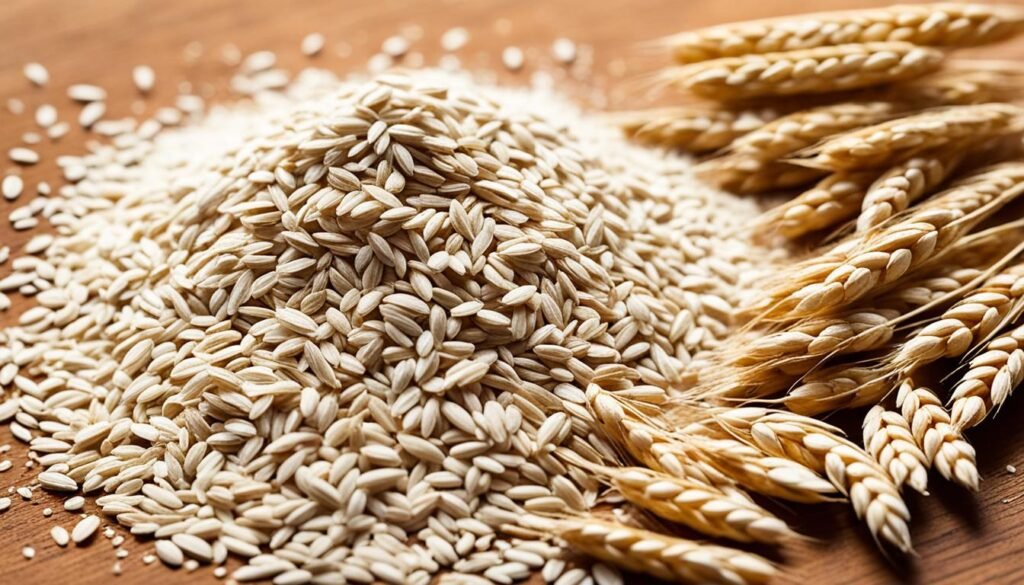
On the other hand, soft wheat type “00” flour, also with a protein content of 12-13%, is perfect for creating pasta with a smoother texture. Its fine grind produces delicate pasta shapes like tagliatelle and ravioli, offering a melt-in-your-mouth experience.
If you’re using all-purpose wheat flour, which typically has a protein content of 11-12%, remember that it may require additional kneading to achieve optimal gluten development. However, all-purpose flour can still be a viable option for pasta-making, especially if you prefer a milder flavor.
However, it’s important to avoid using cake or pastry flour with low protein content. These flours lack the necessary structure for pasta-making and can result in a disappointing end product.
The Importance of Flour Grade for Pasta Texture
When making pasta, the grade of flour you choose is vital in determining its texture. The right flour grade can make all the difference in creating a pasta that’s delightfully smooth or robustly chewy.
If you’re aiming for a fine texture, ideal for delicate pasta shapes like vermicelli and spaghetti, “00” grade flour is your best bet. This finely ground flour produces pasta with a velvety texture and a tender bite. Its fine consistency allows the pasta to absorb sauces and flavors effortlessly, making it a top choice for creating visually appealing and delicious dishes.
On the other hand, if you prefer a heartier pasta with more bite, using a coarse semolina flour or a blend with some coarse flour can achieve the desired texture. Coarse semolina flour is perfect for creating bigger and more robust pasta shapes like penne or shells. The coarse texture of the flour adds a satisfying chew to the pasta, elevating the dining experience and making each bite truly enjoyable.
By experimenting with different flour grades, you can find the perfect balance of texture and bite for your pasta. Whether you’re aiming for a smoother, more refined pasta or a pasta with a satisfying chew, the right flour grade can help you achieve your desired results. So don’t be afraid to get creative and personalize your pasta-making experience!
Choosing the right flour grade can greatly influence the texture of your homemade pasta.
The Role of Semolina Durum Wheat Flour
Semolina durum wheat flour is a popular choice for making homemade pasta. A protein content of 12-13% and a coarser grind provides a stronger bite and a more rustic texture. Semolina flour is commonly used as a base flour for many pasta recipes. It gives pasta its golden color and helps maintain the shape of extruded pasta like penne. Mixing semolina flour with type “00” or all-purpose flour can create a versatile dough with different textures and flavors. Using semolina flour to dust the work surface adds a unique texture to the outside of the pasta.
Using All-Purpose Flour for Pasta-Making
If you find yourself without access to semolina or “00” flour for making pasta, don’t worry! All-purpose flour can still save the day. With a protein content of 11-12%, all-purpose flour may require a bit more effort in developing the necessary gluten network, but it can still yield satisfactory results.
Consider mixing all-purpose flour with semolina durum wheat flour to enhance the texture and create a more traditional rustic pasta. This combination adds a touch of authenticity to your homemade pasta, elevating its taste and appearance.
When using all-purpose flour for pasta dough, adding eggs for better binding is crucial. Eggs help create a more cohesive dough that holds its shape during cooking.
While all-purpose flour may not be ideal for pasta-making, it can still yield delicious results and satisfy your pasta cravings. So, don’t let the absence of specialized flour hold you back from enjoying a plate of homemade pasta!
The Versatility of Homemade Pasta Flour Choices
The type of flour you choose is key to achieving the perfect texture and flavor when making pasta. While traditional options like semolina and “00” flour are commonly used, you can experiment with different flour combinations. Whether you prefer the texture of “00” flour, the rustic bite of semolina, or the versatility of all-purpose flour, there is a flour combination that suits your taste.
Each flour brings its unique characteristics to the pasta dough. “00” flour offers a smooth texture and delicate flavor, ideal for softer pasta shapes like tagliatelle and ravioli. On the other hand, Semolina flour provides a coarser texture and enhances the flavors of thick and sturdy pasta shapes. All-purpose flour can be used when other options are unavailable, though it requires additional kneading to develop the necessary gluten network.
You can unlock a world of pasta possibilities by experimenting with different flour ratios and brands. Mix “00” flour, semolina, and all-purpose flour to create your signature dough. Each flour choice adds its unique touch, transforming a basic pasta dish into a culinary masterpiece. The joy of making homemade pasta lies in the flexibility and options available to you. So go ahead, choose the flour combination that inspires you, and embark on a delicious pasta-making adventure.
FAQ
What are the commonly used types of flour for pasta-making?
All-purpose flour, semolina flour, and “00” flour are the most commonly used flours for pasta making.
What is “00” flour, and why is it commonly used in Italian kitchens for making pasta?
“00” flour is a finely ground soft wheat flour that is commonly used in Italian kitchens for making pasta. It is preferred for achieving a smooth texture in pasta dough and is ideal for softer pasta shapes like tagliatelle and ravioli.
What is semolina flour, and why is it a popular choice for pasta-making?
Semola flour, made from hard durum wheat, is a coarse-textured flour that is traditionally used in pasta-making. It is commonly grown in Northern Italy and is ideal for thick and rugged pasta shapes like penne and macaroni, as it retains its shape and texture when cooked.
Can I use other types of flour for making pasta if I don’t have semolina or “00” flour?
Yes, it is possible to use other types of flour for making pasta depending on availability. Mixing different types of flour or using all-purpose flour alone can yield satisfactory results, though the texture and flavor may vary.
How does the protein content in pasta flour affect the texture of the pasta?
The protein content in pasta flour plays a crucial role in gluten development, which gives pasta its desired firmness and elasticity. Higher protein levels result in a more flexible and shape-retaining dough, while lower protein levels create a smoother texture.
How does the flour grade affect the texture of the pasta?
The flour grade used for pasta-making determines the texture of the pasta. Fine flour, such as “00” grade, is recommended for fine pasta shapes like vermicelli and spaghetti, while coarser flour or a blend with coarse flour is suitable for bigger and more robust pasta shapes.
What is the role of semolina durum wheat flour in making homemade pasta?
Semolina durum wheat flour is a popular choice for making homemade pasta as it provides a stronger bite and a more rustic texture. It is commonly used as a base flour for many pasta recipes and gives pasta its golden color.
Can all-purpose flour be used to make pasta?
Yes, all-purpose flour can be used to make pasta when other options are unavailable. Developing the necessary gluten network may require more kneading, but it can still produce satisfactory results.
Can I experiment with different types of flour to make pasta?
Yes, you can experiment with different types of flour to make pasta and discover new flavors and textures. Mixing various flours or combining flours can create unique pasta experiences.
What is the joy of using different flour choices for homemade pasta?
The joy of using different flour choices for homemade pasta lies in its versatility. Each flour type brings its own textures, flavors, and colors to pasta dishes, allowing for a personalized pasta-making experience.
Images Credit: All images are AI-Generated.
Disclaimer: The images, videos & logos displayed on bestfordaily.com are used for informational purposes only. We make every effort to credit the original copyright holder whenever possible. If you are the owner of any content used on this blog and do not wish for it to appear here, please contact us.
Author
-

Anne Williams is a passionate wordsmith, blending creativity with expertise in SEO to craft captivating content. With a penchant for concise yet compelling prose, she brings stories to life and leaves readers craving more. When she's not penning her next masterpiece, you can find her exploring new coffee shops or lost in the pages of a good book.
View all posts


